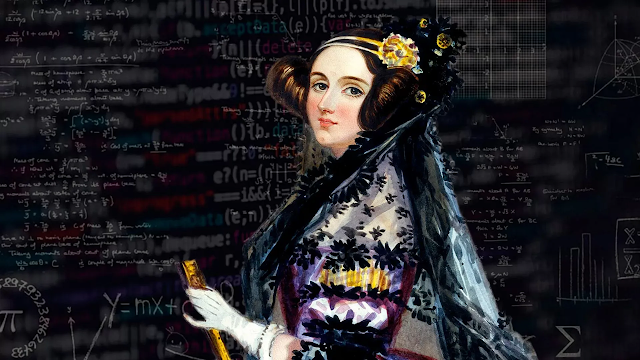Ada Lovelace: The First Computer Programmer and Visionary of Computing

Early Life and Education
Augusta Ada Byron, later known as Ada Lovelace, was born on December 10, 1815, in London, England. She was the only legitimate child of the renowned poet Lord Byron and his wife, Anne Isabella Milbanke. Shortly after Ada's birth, her parents separated, and she was raised by her mother, who emphasized a rigorous education in mathematics and science to counteract what she saw as the dangerous poetic tendencies of Ada's father.
Ada's intellectual talents were evident from a young age. She was tutored by prominent mathematicians, including Augustus De Morgan, the first professor of mathematics at the University of London. Her education laid a strong foundation for her future contributions to the field of computing.
Collaboration with Charles Babbage
In 1833, at the age of 17, Ada Lovelace met Charles Babbage, a mathematician and inventor working on a mechanical general-purpose computer called the Analytical Engine. Impressed by Ada's intellect, Babbage became her mentor, and they developed a close professional relationship.
In 1842, Ada translated an article by Italian mathematician Luigi Federico Menabrea about the Analytical Engine from French into English. At Babbage's suggestion, she supplemented the translation with extensive notes, which ended up being three times longer than the original article. These notes contained what is now recognized as the first computer program—a detailed algorithm designed to be processed by a machine.
Visionary Insights into Computing
Ada Lovelace's notes went beyond mere translation and commentary. She foresaw the potential of computing devices to go beyond numerical calculations, suggesting they could manipulate symbols and create music and art. This vision was remarkably ahead of her time and laid the conceptual groundwork for modern computing.
In her notes, she wrote:
"The Analytical Engine might act upon other things besides number... the engine might compose elaborate and scientific pieces of music of any degree of complexity or extent."
National Railway Museum blog
This insight highlighted her understanding that computers could have applications beyond mathematics, anticipating the multifaceted role of computers in today's society.
Legacy and Recognition
Ada Lovelace's contributions were not fully recognized during her lifetime. She died of uterine cancer on November 27, 1852, at the age of 36. However, her work gained significant attention in the 20th century, particularly after the publication of B.V. Bowden's "Faster Than Thought" in 1953, which republished her notes and highlighted her contributions to computing.
Today, Ada Lovelace is celebrated as a pioneer in the field of computer science. The programming language "Ada," developed by the U.S. Department of Defense, was named in her honor. Additionally, Ada Lovelace Day is observed annually to recognize the achievements of women in science, technology, engineering, and mathematics (STEM).



Comments
Post a Comment